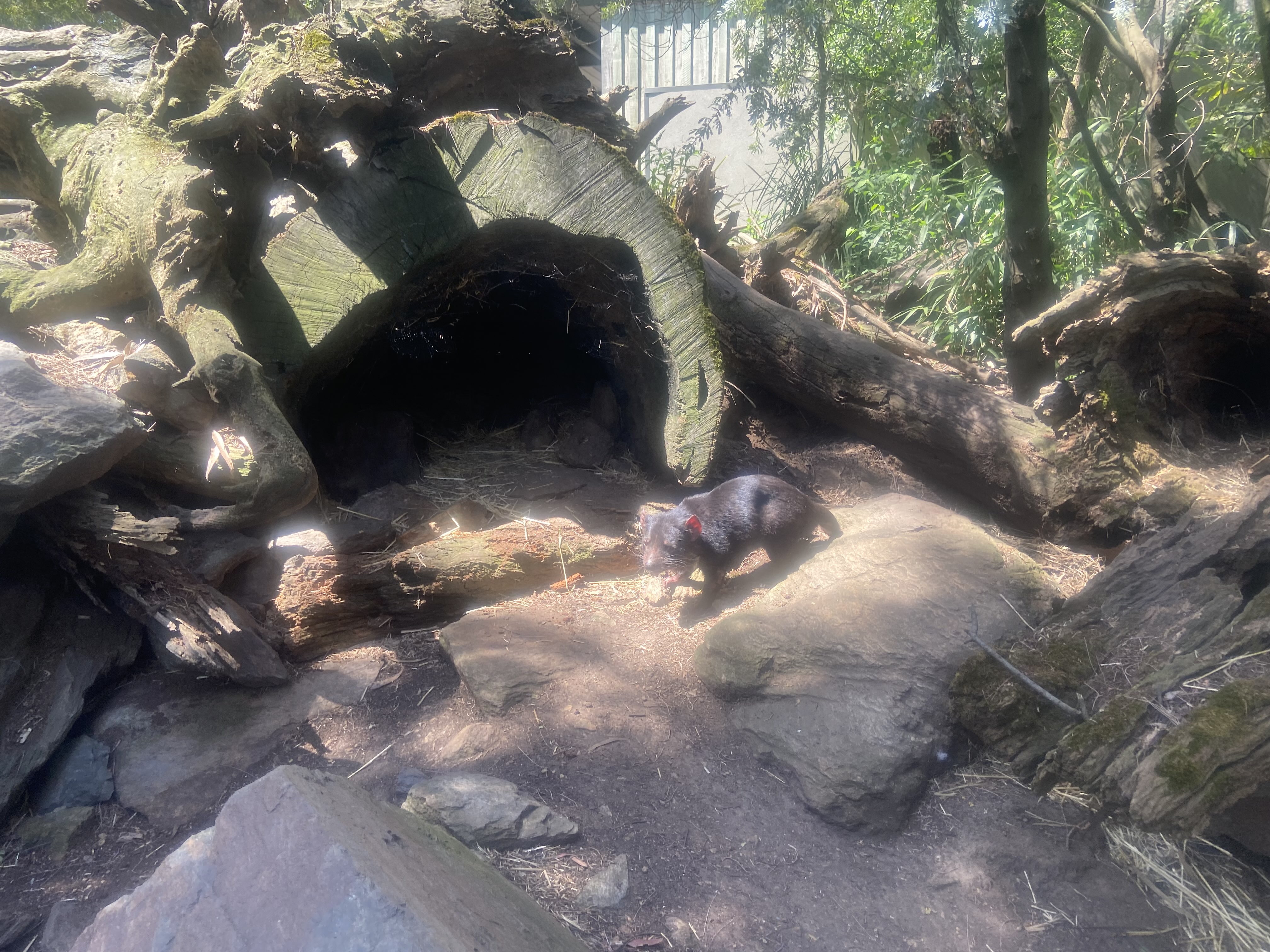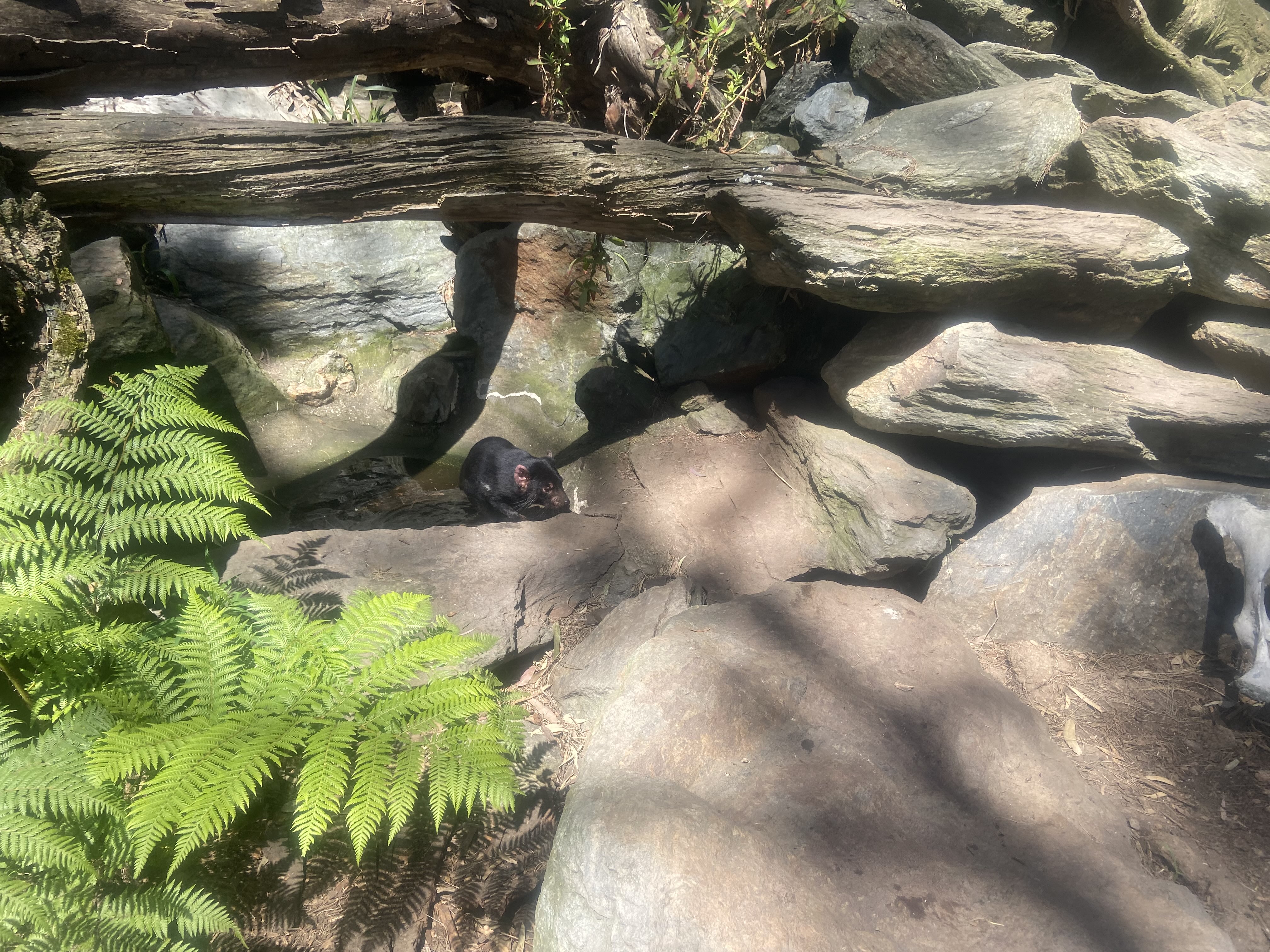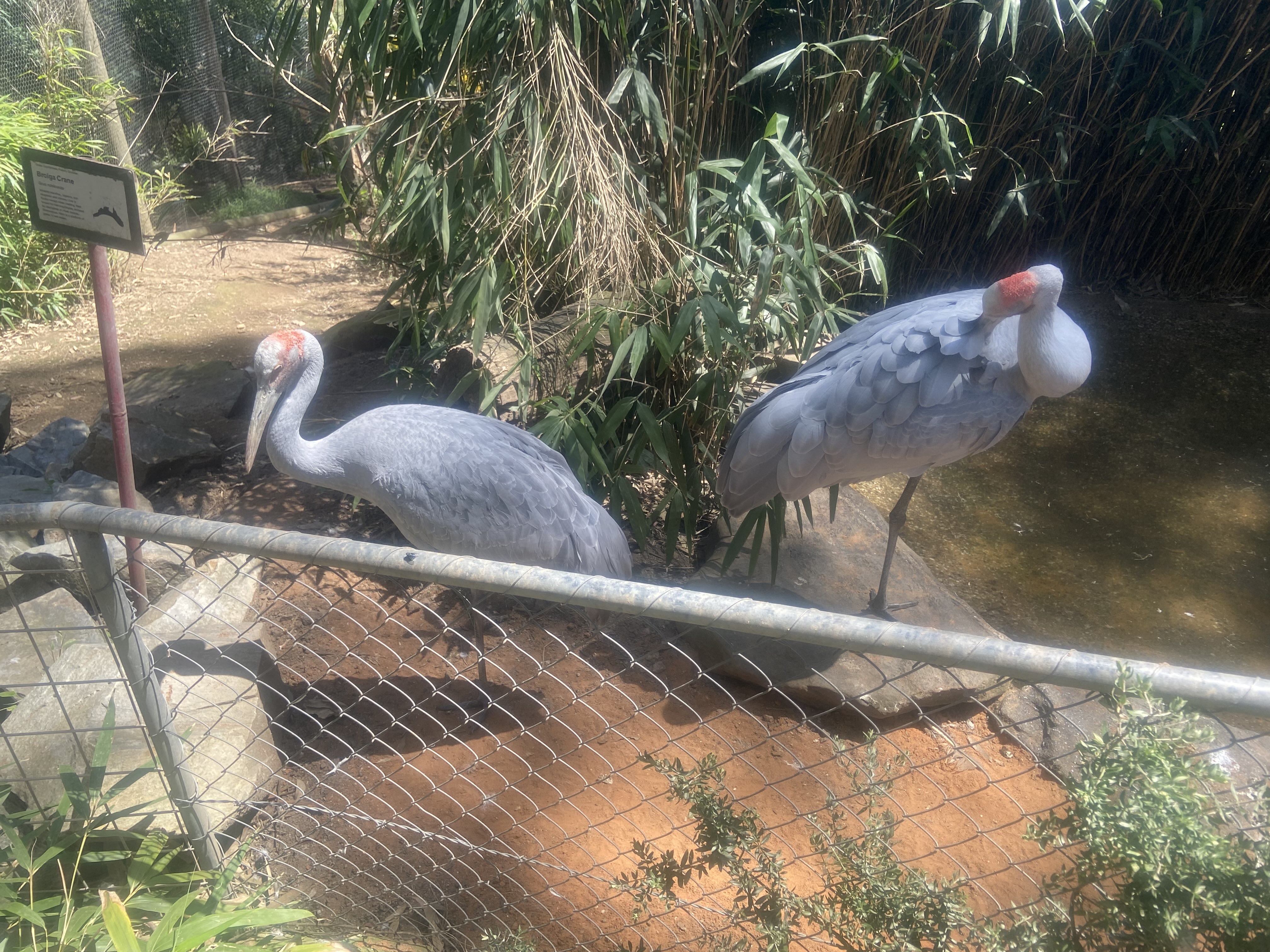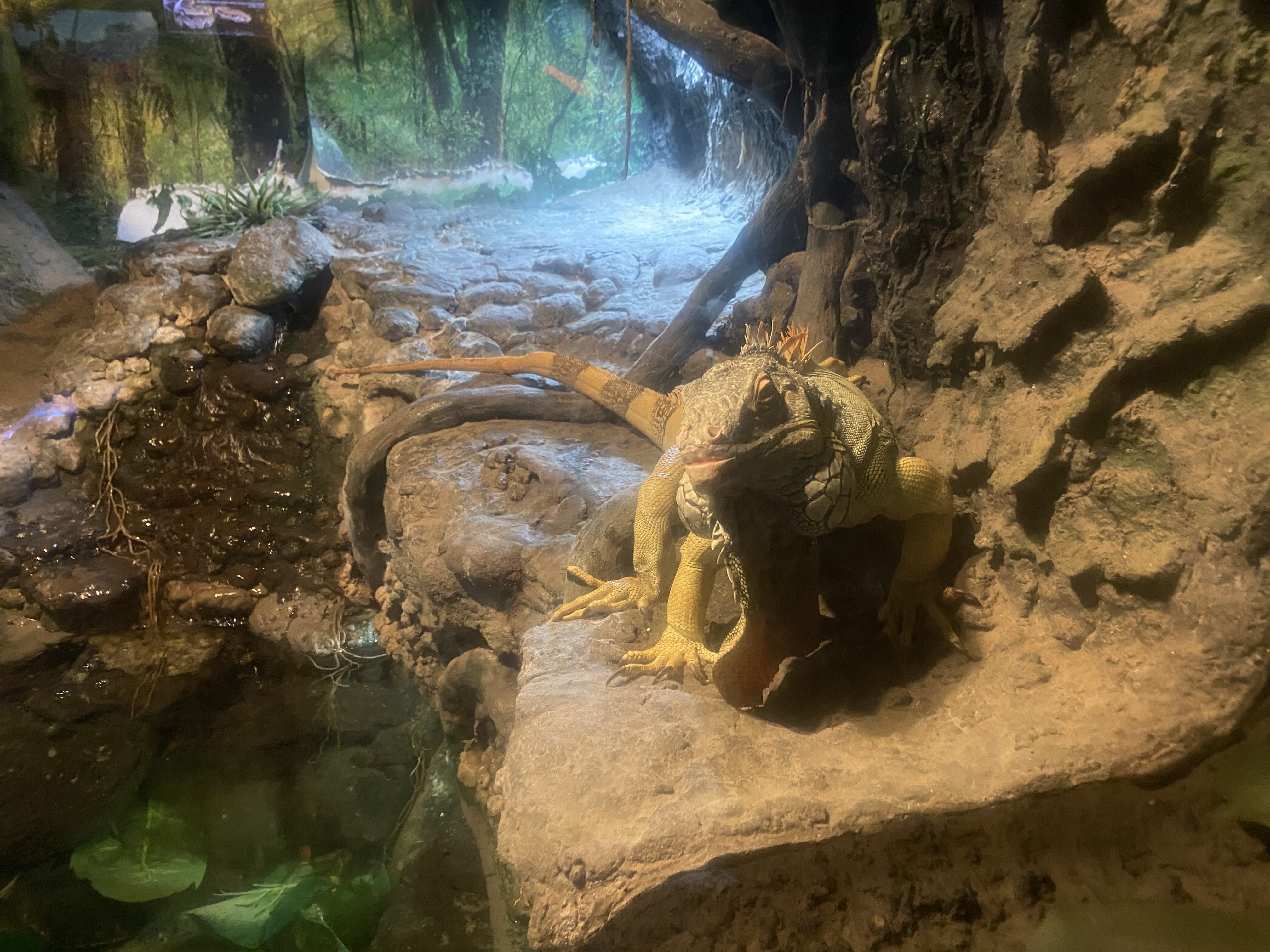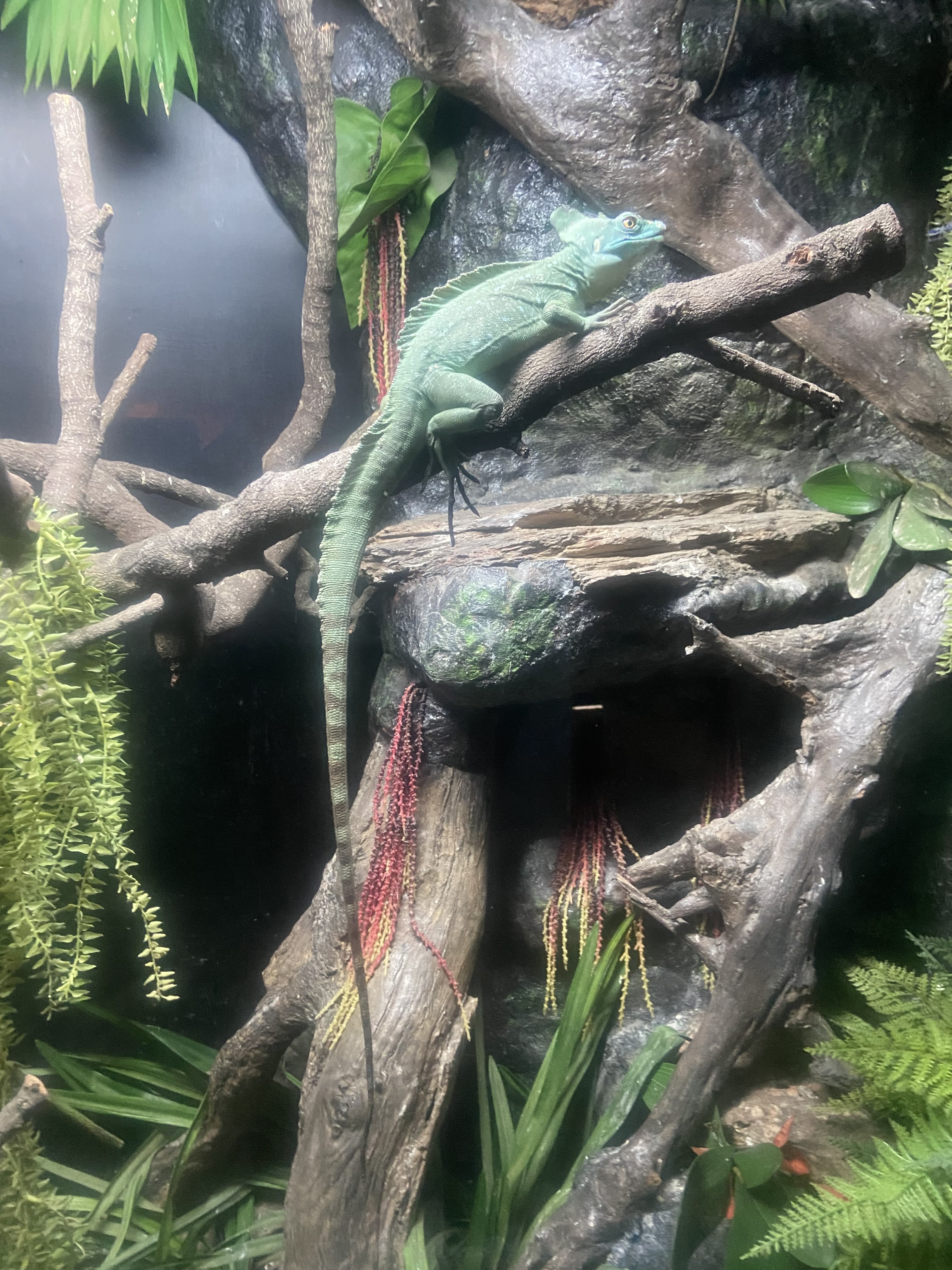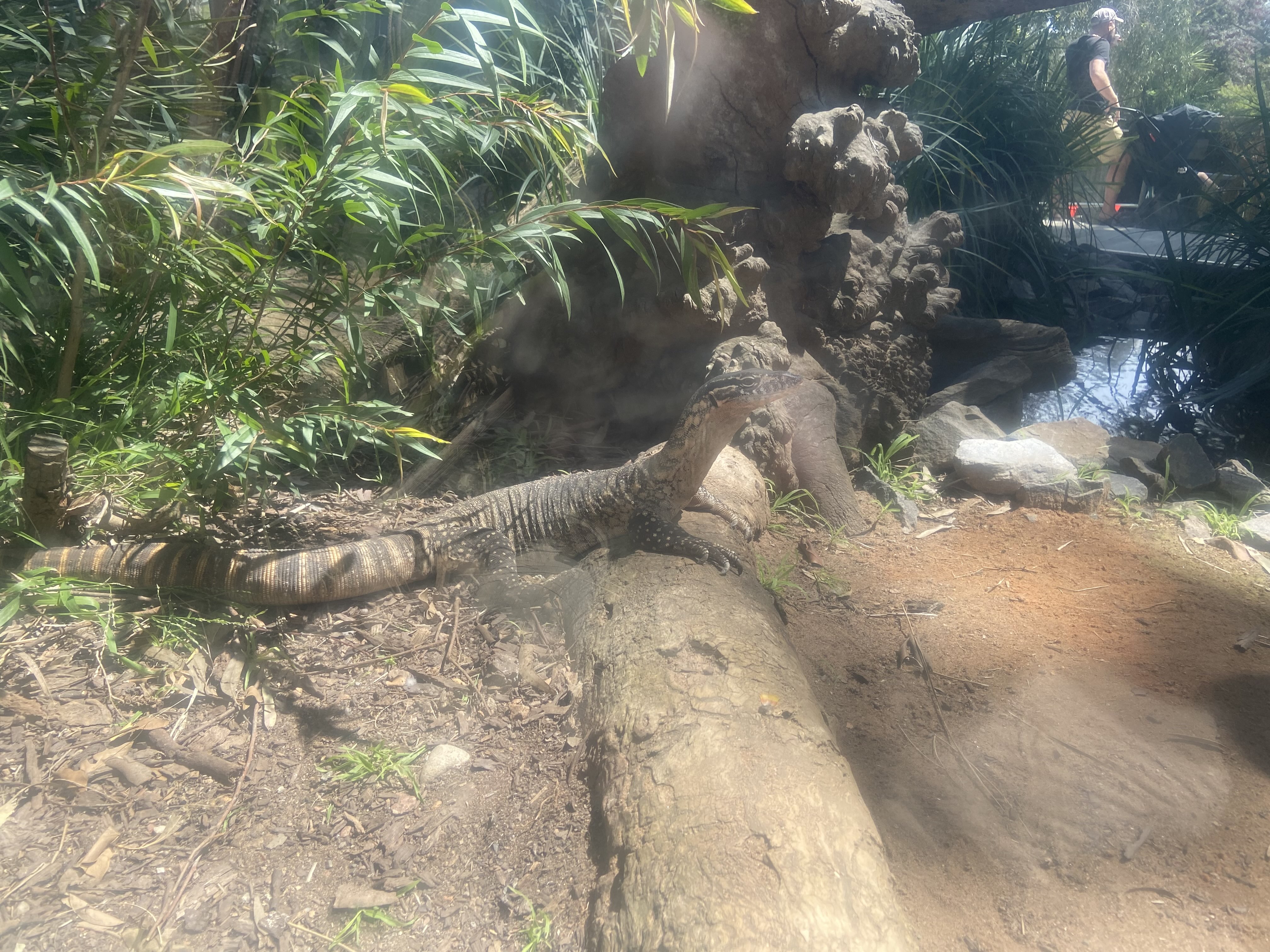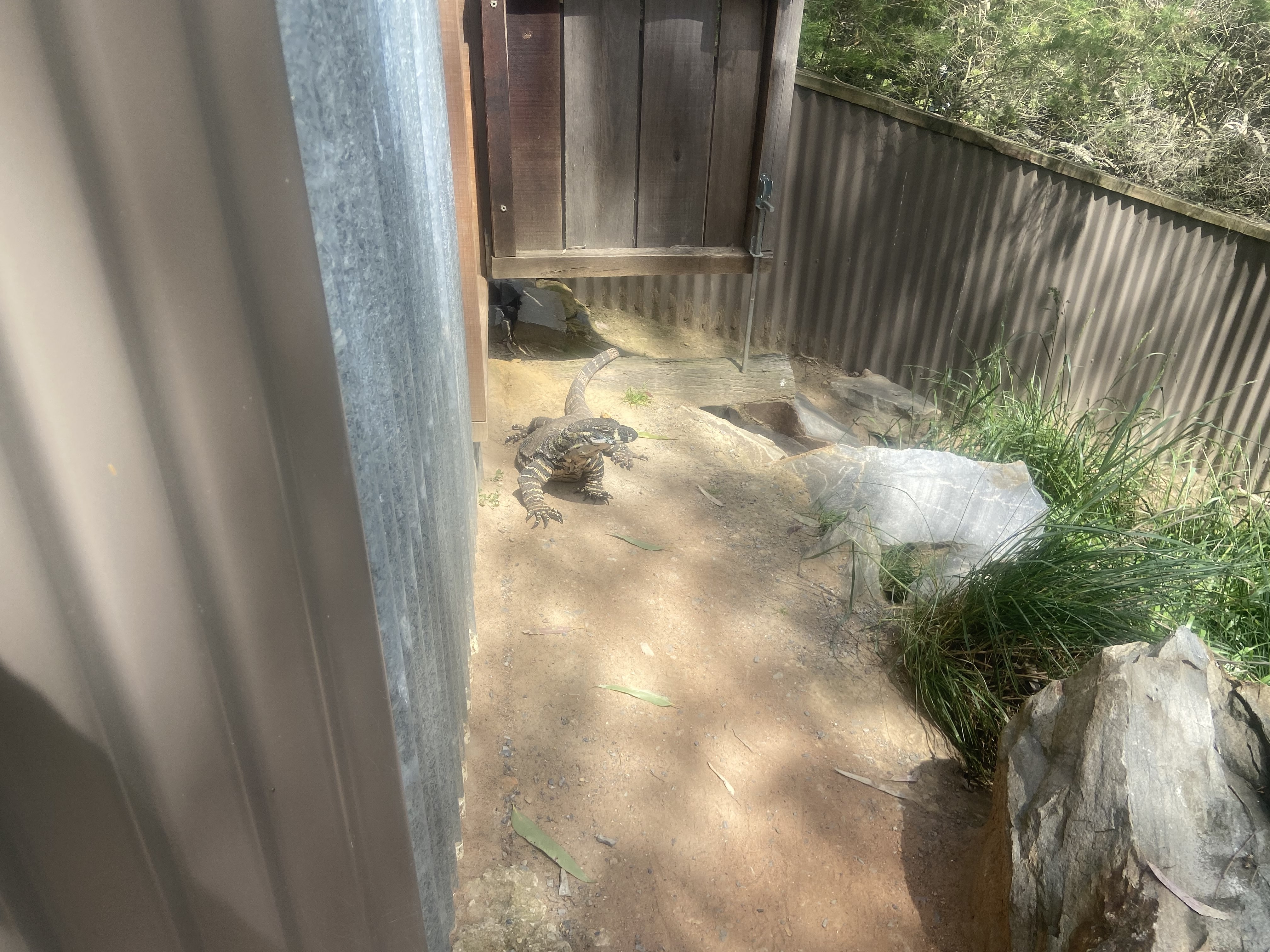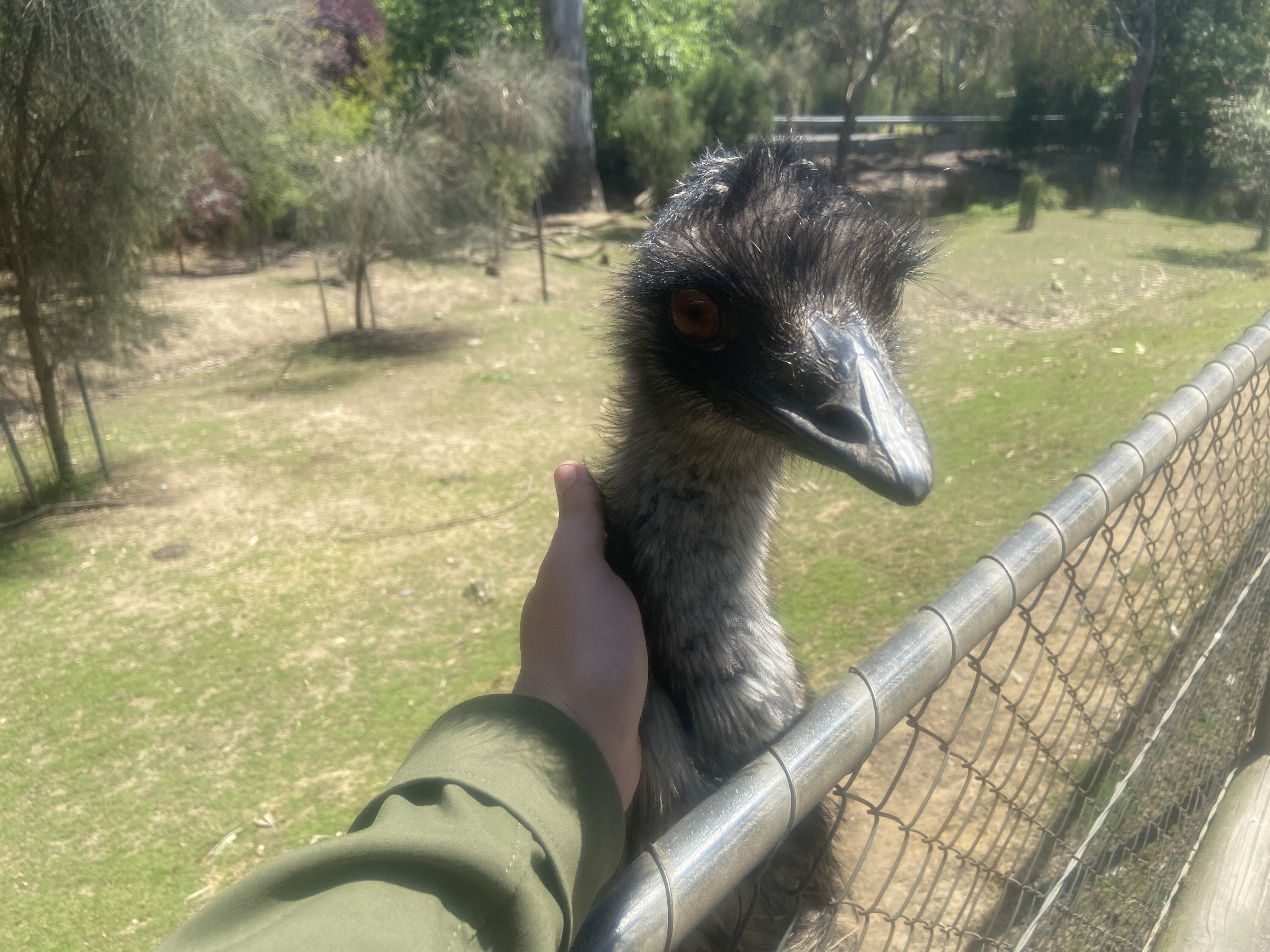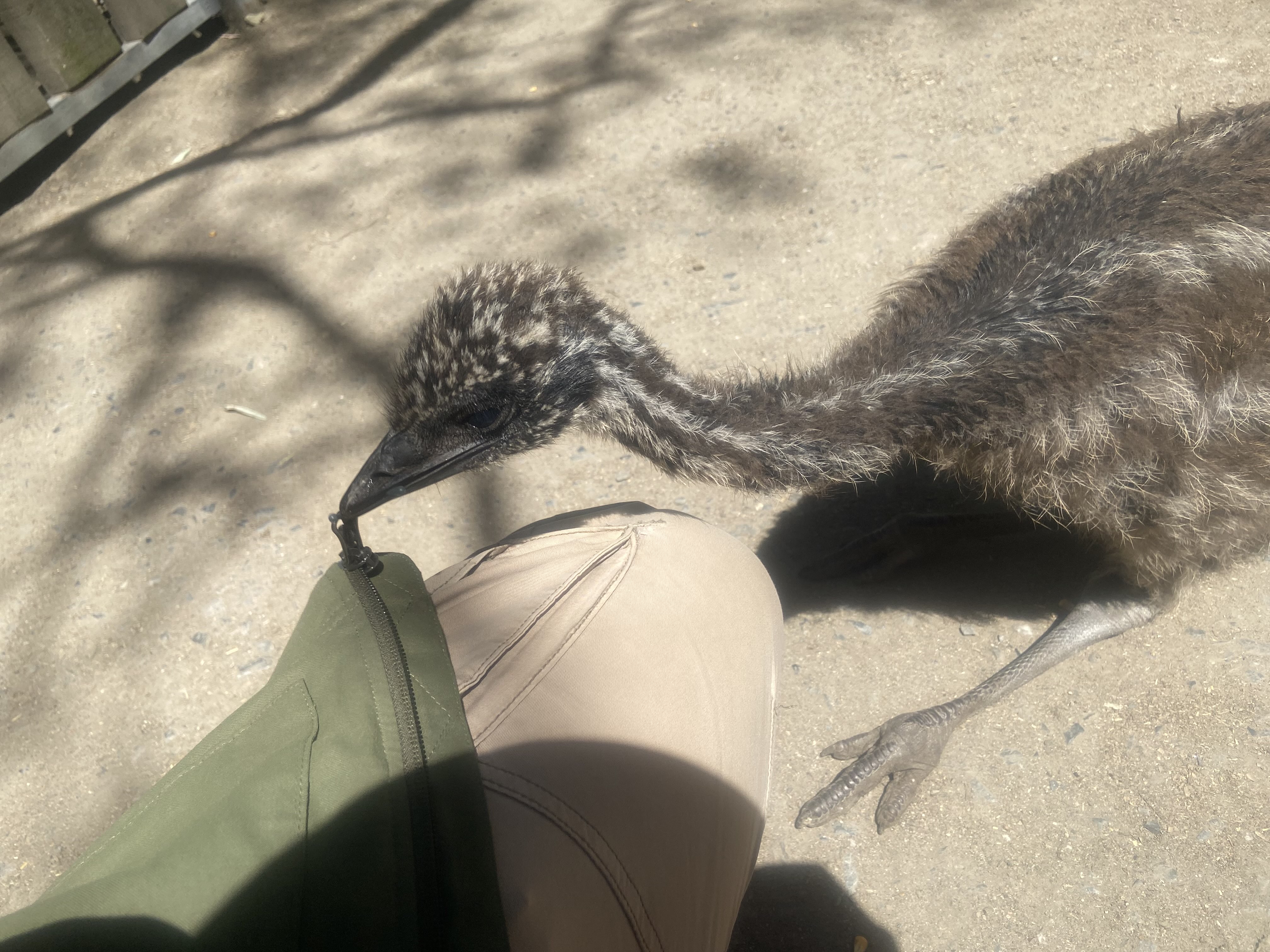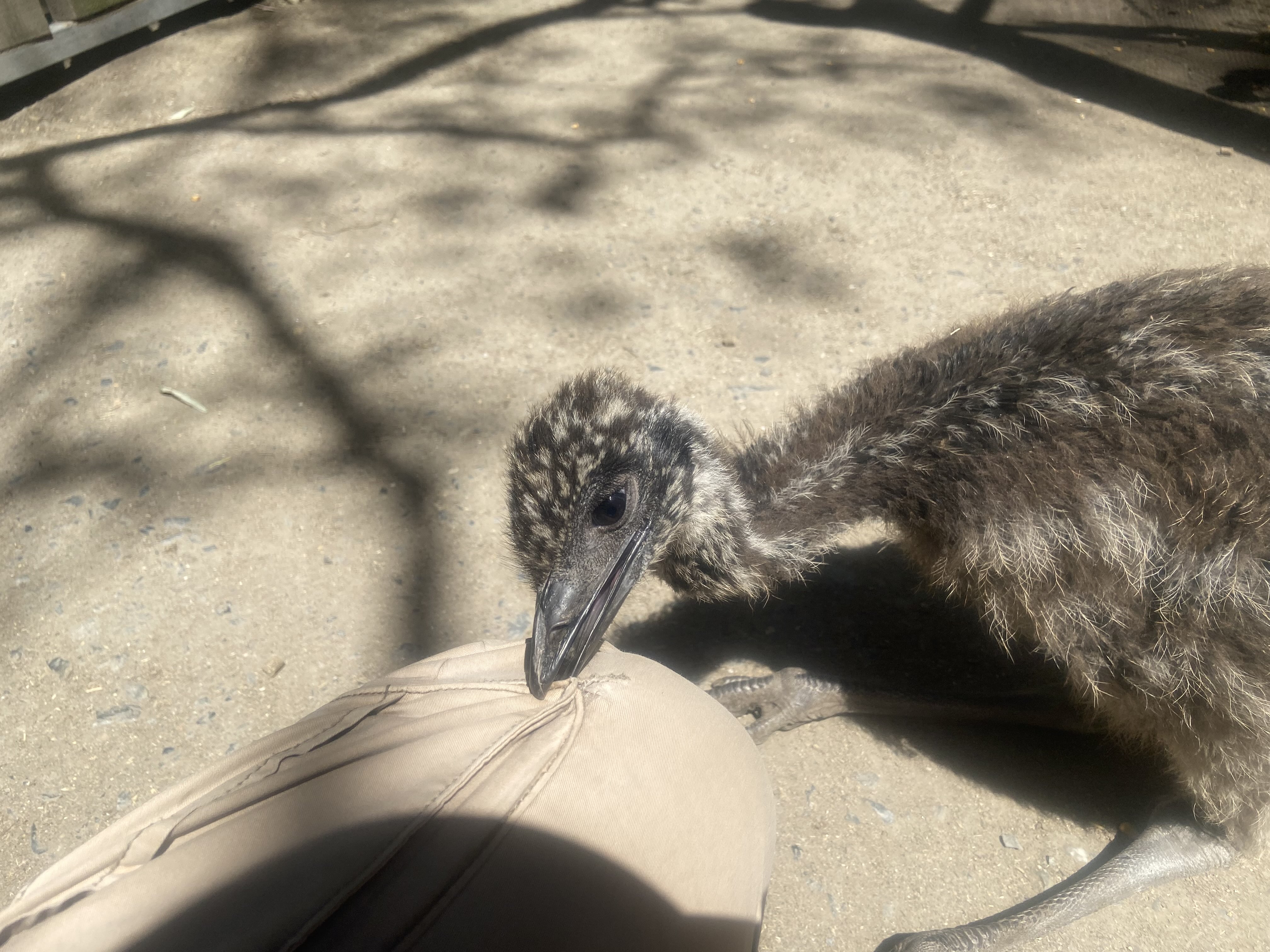I like the idea that you can tell planet zoo players visiting zoos because they will be the ones taking photos of the infrastructure.
Was at Edinburgh Zoo recently (one of my favourites because I think they make good use of space and they tend to specialise and not try to do everything).
My camera skills are bad but I have a few pics. I paticularly focused on the primates because Edinburgh does it really well.
So first post focuses on the chimpanzee house.

The glass section is one of their indoor spaces, you can see a viewing balcony that was closed when I was there. The outdoor climbing is all situated up to the left behind the water and some trees. You get a clearer view from inside. There are two floors for the visitors but all the indoor spaces for the animals are double height and most of the viewing happens on the upper floor so you are looking down or across at them. There are also indoor spaces on the other side of the building that they can reach by going over the guests in tunnels.

The ground floor entrance has some planting and info about the conservation site and I love the double height murals combines with the quite industrial look of the ceiling and rest of the building and the fake rocks / mud. Interesting contrasts


The upper floor has the circular(ish) viewing holes into each of the 6 or so indoor double height climbing spaces as well as lots of signs and info about the individuals

The centre has various educational bits and pieces and the access tunnel overhead (beautifully smudged glass!)
There is also a lecture theatre with pull out chairs, views out to the outdoor climbing area and to one of the indoor spaces as well.

My favourite thing about the primate buildings in Edinburgh though is the cognition labs they have built in where the chimps or the smaller monkey species can choose to get extra snacks by volunteering for experiments. I didn't get any good pics of the chimp one but did of the capuchins. If anyone is interested I have more pics of the capuchin house and outside enclosures.

Was at Edinburgh Zoo recently (one of my favourites because I think they make good use of space and they tend to specialise and not try to do everything).
My camera skills are bad but I have a few pics. I paticularly focused on the primates because Edinburgh does it really well.
So first post focuses on the chimpanzee house.
The glass section is one of their indoor spaces, you can see a viewing balcony that was closed when I was there. The outdoor climbing is all situated up to the left behind the water and some trees. You get a clearer view from inside. There are two floors for the visitors but all the indoor spaces for the animals are double height and most of the viewing happens on the upper floor so you are looking down or across at them. There are also indoor spaces on the other side of the building that they can reach by going over the guests in tunnels.
The ground floor entrance has some planting and info about the conservation site and I love the double height murals combines with the quite industrial look of the ceiling and rest of the building and the fake rocks / mud. Interesting contrasts
The upper floor has the circular(ish) viewing holes into each of the 6 or so indoor double height climbing spaces as well as lots of signs and info about the individuals
The centre has various educational bits and pieces and the access tunnel overhead (beautifully smudged glass!)
There is also a lecture theatre with pull out chairs, views out to the outdoor climbing area and to one of the indoor spaces as well.
My favourite thing about the primate buildings in Edinburgh though is the cognition labs they have built in where the chimps or the smaller monkey species can choose to get extra snacks by volunteering for experiments. I didn't get any good pics of the chimp one but did of the capuchins. If anyone is interested I have more pics of the capuchin house and outside enclosures.











